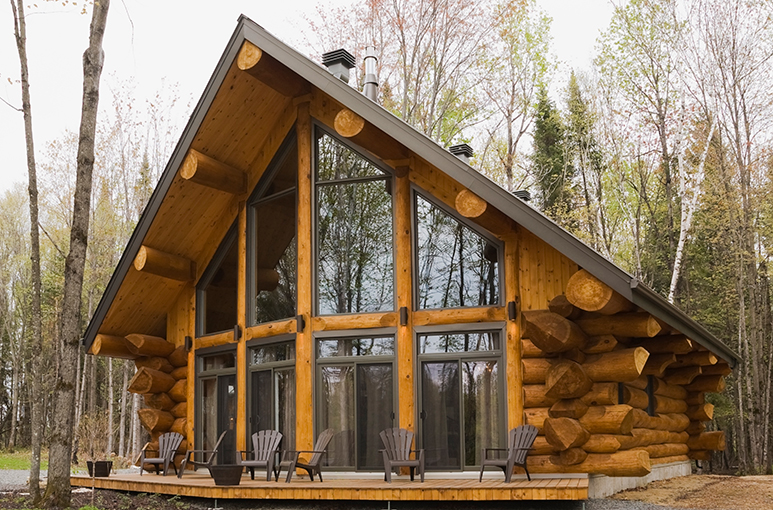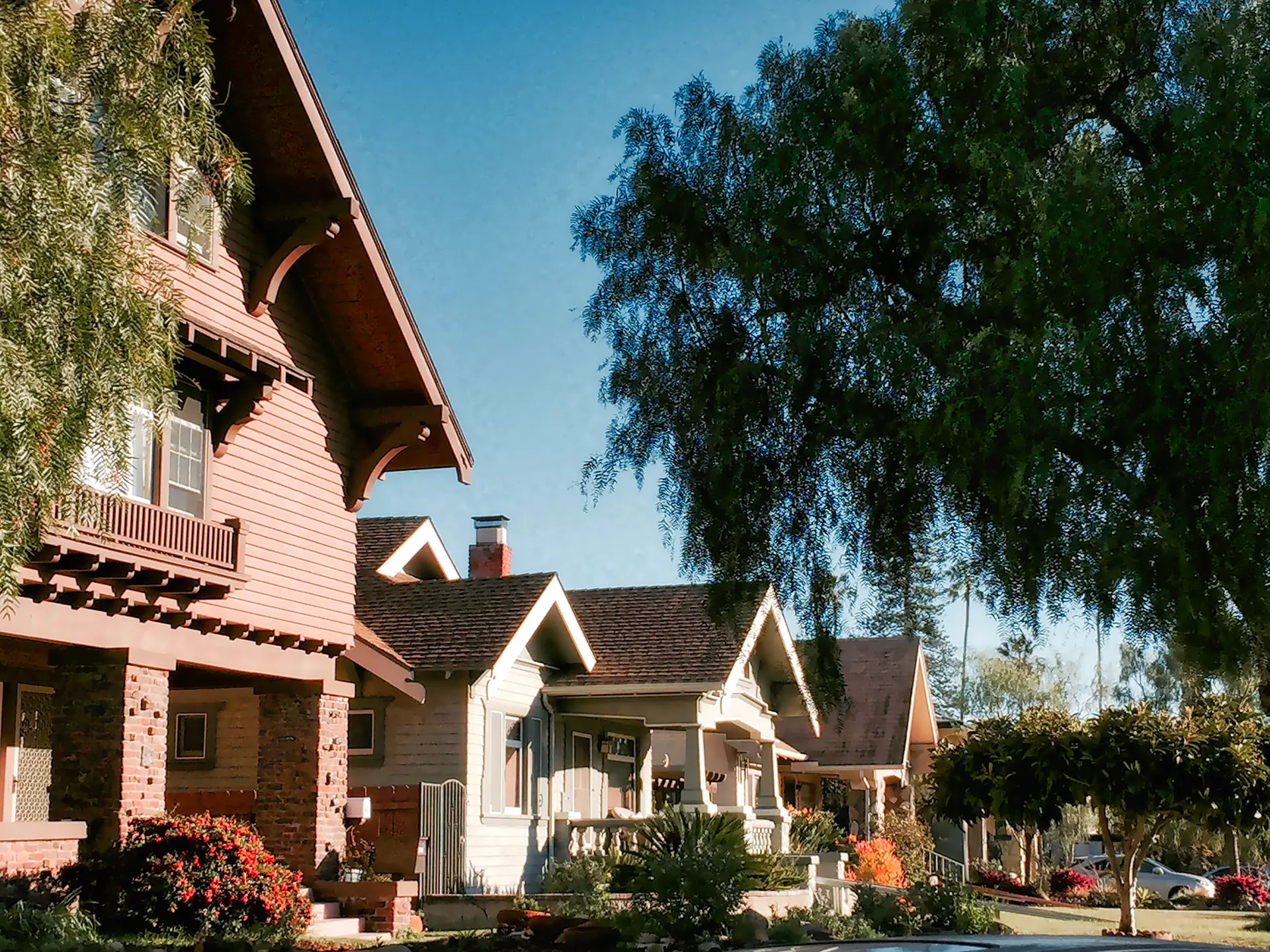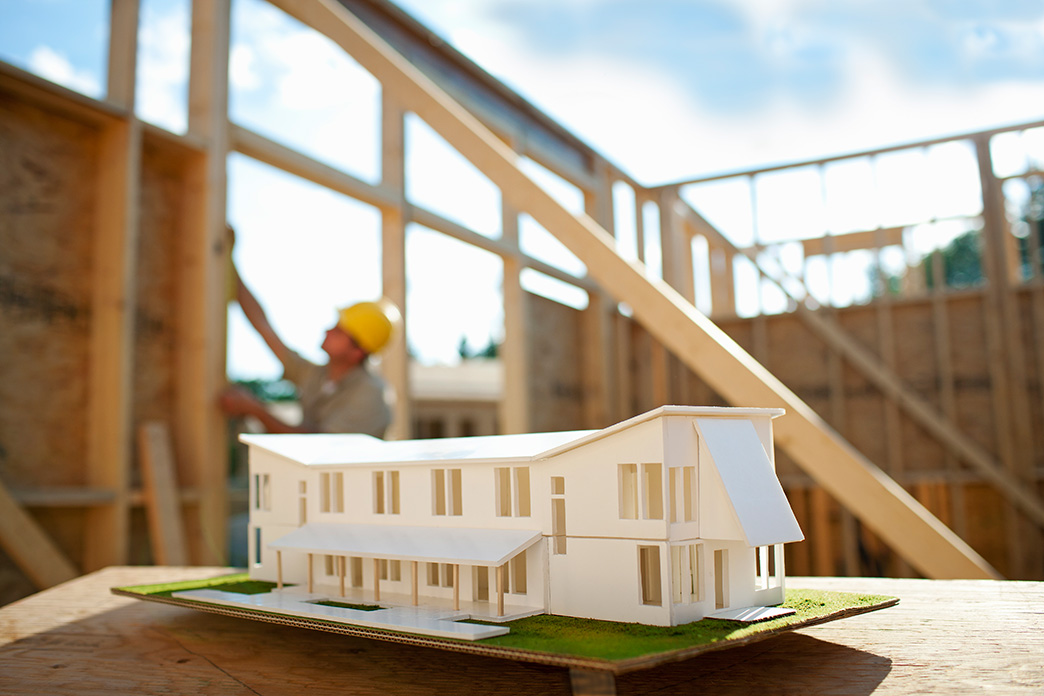


.webp)









Selling investment property typically incurs capital gains taxes, but a 1031 exchange defers them by reinvesting proceeds into "like-kind" property. Here are the three key elements of this process.
1031 exchange properties include business or investment assets meeting IRS rules.
A 1031 exchange defers taxes on business properties, enabling reinvestment into income-producing assets. Ideal for relocation, retirement, or selling commercial and agricultural properties.
Investment properties qualify for a 1031 exchange if held for income or appreciation, including farms, rentals, apartments, and some vacation homes. This defers taxes, enabling reinvestment into income-generating assets.
The same taxpayer rule in a 1031 exchange requires the replacement property to match the relinquished property's ownership name or entity. Exceptions include Single Member LLCs, Revocable Trusts, or Drop & Swap strategies.
Explore various 1031 Exchange Types, including Forward, Reverse, Build-to-Suit, and Simultaneous Exchanges, each designed to suit specific real estate strategies and timelines for tax deferral.



A Forward 1031 Exchange, or Delayed Exchange, is the most common tax-deferred real estate strategy. It involves selling a property and using the proceeds to buy a like-kind replacement. To qualify, investors must identify replacement properties within 45 days and close within 180 days. This approach defers capital gains taxes while offering flexibility to upgrade or diversify your portfolio, maximizing returns within IRS rules.


A Reverse 1031 exchange allows investors to acquire a replacement property before selling the relinquished one, ensuring its availability. A Qualified Intermediary holds the replacement property until the original is sold within 180 days. Like-kind properties and IRS rules apply, offering a flexible way to defer capital gains taxes while upgrading or diversifying your portfolio.




An improvement 1031 exchange, or build-to-suit exchange, lets investors use exchange funds to enhance or customize a like-kind property. Unlike standard exchanges, it covers both purchase and construction costs. Improvements must be completed within 180 days, offering a flexible way to optimize and add value to your investment property.


A Simultaneous Exchange occurs when the sale of the relinquished property and the purchase of the replacement property close on the same day —literally back-to-back, with no delay in between. It’s the original form of a 1031 exchange and still works today, but it’s less common due to tight timing and logistical risks
